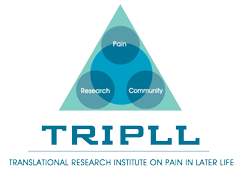Relationship between acute pain trajectories after an emergency department visit and chronic pain
Patricia Kim2021-01-05T16:58:17-05:00Relationship between acute pain trajectories after an emergency department visit and chronic pain: A Canadian prospective cohort study Inadequate acute pain management can reduce the quality of life, cause unnecessary suffering, and lead to the development of chronic pain. Using group-based trajectory modelling, the authors previously identified six distinct pain intensity trajectories for the first 14-day post emergency department discharge. Two linear ones with moderate or severe pain during follow-up and four cubic polynomial trajectories with mild or no pain at the end of the 14 days. The authors assessed if previously described acute pain intensity trajectories over 14 days [...]
